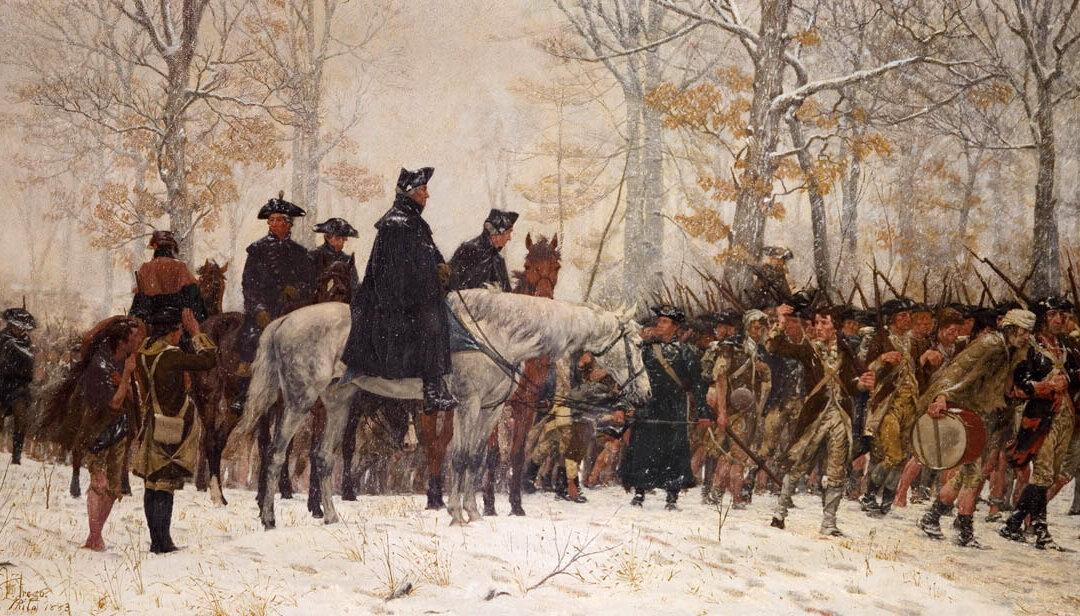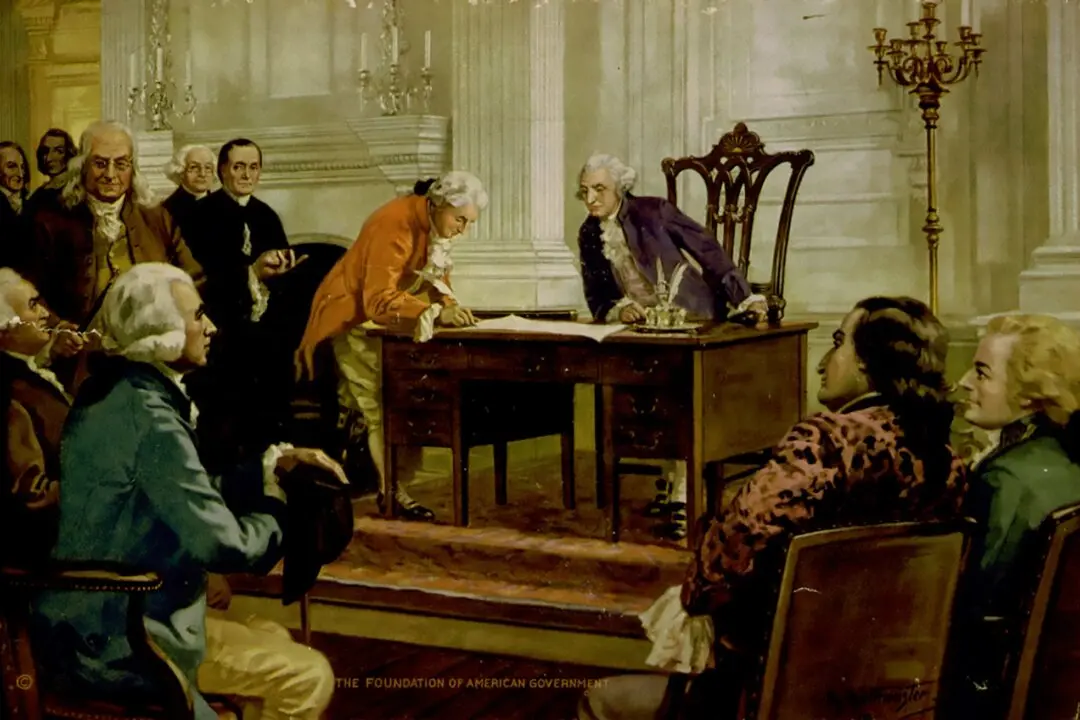As I write these words, the date is Feb. 2, 2021, and I am visiting my daughter in Elmhurst Township, Pennsylvania. The ground is covered by approximately 15 inches of snow, with no end in sight. Though born in this state, I was reared in the South, and though I’ve seen big snows, especially when living in the Smoky Mountains, like most Southerners I am awestruck by a boatload of snow.
Several times, dressed in three layers of shirts, a hoodie, and a North Face coat, trousers, and shoes and warm socks, I’ve stepped to the covered porch on the side of the house to look at this ongoing bombardment. It’s cold and windy, but I’m dressed warmly enough and can enjoy the beauty of the day: the gray tree trunks standing in contrast to the falling snow, the pathway and road to the nearby school erased by the accumulated flakes, the majesty of nature mantling firs, cars, and nearby houses with wreaths of whipped cream.






